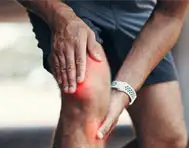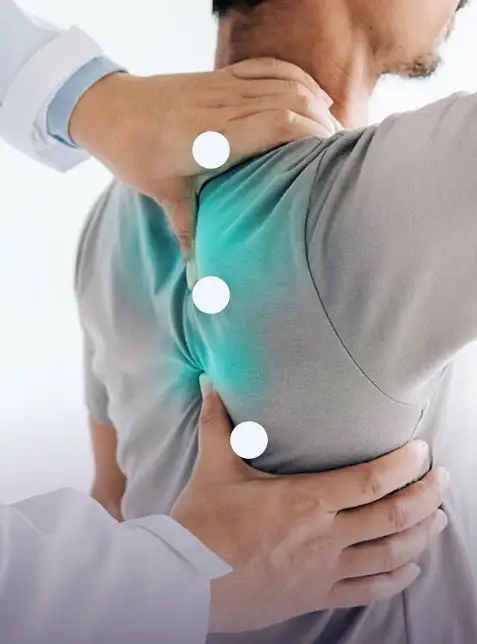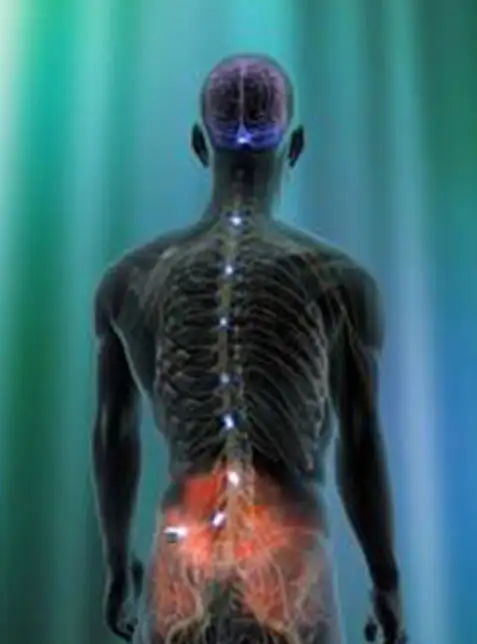Endoscopic Spinal Decompression
Treatment Technologies
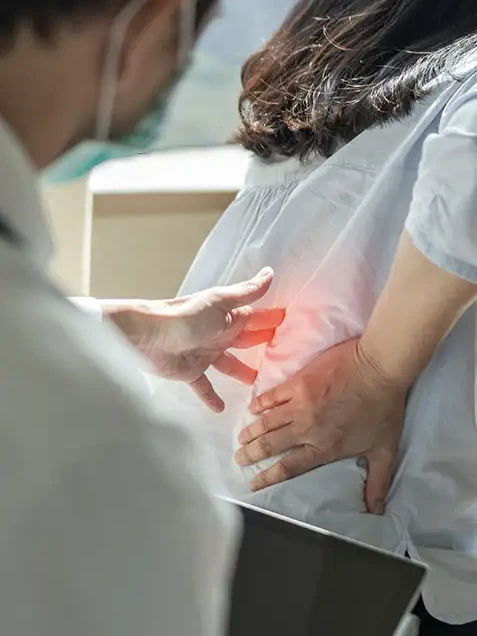
Endoscopic Spinal Decompression Treatments
High-resolution fiber optic cameras have completely revolutionised the surgical world by allowing us to view the insides of joints. From taking the pressure off a nerve trapped in the carpal tunnel on the wrist, to relieving the painful tingling numbness radiating from the spine, endoscopic decompression procedures have a lot to offer.
Who can benefit from Endoscopic Decompression Treatments?
A common example of nerve compression is carpal tunnel syndrome. Here, the median nerve is compressed under the wrist ligaments causing painful tingling and/or numbness in the hands. Sports like cricket, weight lifting and games involving a racquet require excessive use of the wrists. Carpal tunnel syndrome is common in their players. When a trial of conservative medical therapy fails, surgery remains the only option. Two incisions are taken over the palm and wrist where the surgeon, using an endoscope, will dissect the transverse carpal ligament to release the compressed median nerve. With the bandages coming off in a couple of days and complete recovery within two to three weeks, the player finds himself having a firm grip on his equipment as well as his game.


Backache is common in sports players
Almost every player suffers from backache at some point in their professional life. Though most get away with a good physical rehabilitation program and medicines, some less fortunate ones need the aid of a good surgeon to get back to their feet. Trauma to the spine can occur due to poor body mechanics, improper stretching and overuse of the muscles which is seen in sports like football and boxing. Herniated discs, sprained ligaments and stress fractures can impair the functional capacity and hamper the performance of the sportsperson.
When is surgery needed?
In the long run, the increasing severity of spinal wear and tear might require surgical intervention. When a ‘stinger’ starts to sting, you know that the compressed spinal nerves due to a herniated disc or a bone spur might be acting up. When conservative treatment modalities have been exhausted, an endoscope down the spinal cavity, guided by the hands of a skilled sports surgeon, will help calm the irritated nerve. Spinal decompression can relieve the pressure on your spine and put it back on your opponent.

Penned by Dr. Rachita Narsaria, M.D.
References:
2) http://www.knowyourback.org/Pages/SpinalConditions/Injuries/SportsInjuries.aspx
Am I a good candidate for Endoscopic Spinal Decompression?
Dr. Hayden has been trained to perform a variety of these highly technical procedures. He can evaluate your specific injuries and pain to suggest an optimized treatment for your situation.
Think we can help?
Give Onto Orthopedics a call at 214-731-3008 to see if a minimally invasive approach is right for you. To reach us after hours, please contact us via our “contact us” page.
Endoscopic Spine Procedures
Treatment Technologies
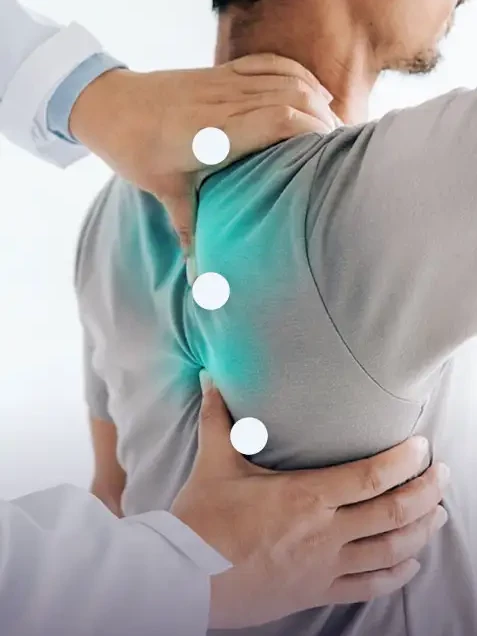
We employ the latest endoscopic and minimally invasive surgical technology for spines.
These endoscopic systems uses very small incisions to allow the removal of bulging discs and bone spurs which may be compressing nerves in your back. During the procedure, a very small camera is passed into the epidural space around the spinal column. Pictures are then transmitted to the orthopedist to permit the minimally invasive removal of the abnormal growths. Endoscopic procedures usually take little time and often reduce pain. This approach, as performed by Doctor Hayden, may allow you to avoid larger, more invasive procedures such as fusions or laminectomies.
Minimally Invasive Benefits1
Discharge times for minimally invasive procedures are often half those of standard open procedures.
Minimally invasive incisions are usually much smaller than those for standard procedures. Scarring might be significantly reduced.
Post-operative pain is typically much less for endoscopic procedures than open procedures.
Time to recovery is typically much shorter with endoscopic spinal procedures than with traditional open procedures.
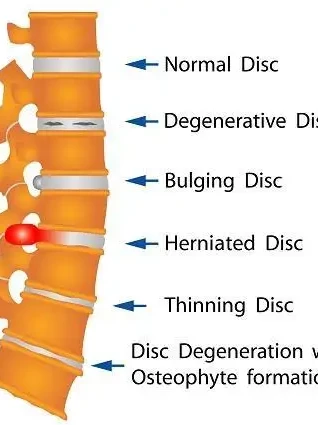
Am I a good candidate for a minimally invasive procedure?
Dr. Hayden has been trained to perform a variety of these highly technical procedures. He can evaluate your specific injuries and pain to suggest an optimized treatment for your situation.
Think we can help?
Give Onto Orthopedics a call at 214-731-3008 to see if a minimally invasive approach is right for you. To reach us after hours, please contact us via our “contact us” page.
Digital Pain Management
Treatment Technologies

Chronic pain can be extremely debilitating for long-term pain sufferers
Digital pain management consists of installing a small spinal stimulation device known as a Dorsal Column Stimulator or Spinal Column Stimulator into the epidural space which surrounds the spinal cord. Spinal cord stimulators deliver low voltage electrical currents to stimulate the spinal cord and block the sensation of pain. Electrical stimulation is delivered through an implanted lead in the epidural space superficial to the spinal cord; this lead is connected to the receiver that receives energy through an external source.
Stimulators help block incoming pain transmission
Stimulators activate the body’s pain inhibitory system and help block incoming pain transmission from the peripheral nerves and spinal cord. Generally, a short trial is given before permanent implantation of the device. If the trial of 5 to 10 days is successful and the patient starts feeling significant relief in the pain during the trial period then permanent implantation is considered. It’s a minor surgical procedure without many complications. For several years, Dr. Hayden has specialized in the insertion of these medical pain management devices.
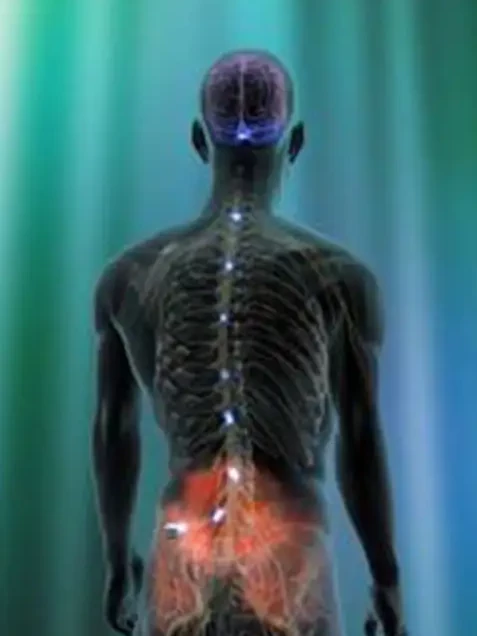

What to avoid if you have stimulators installed
Patients who have stimulators implanted should not subject themselves to MRI scanning, ultrasound or diathermy for fear of damaging the device. At airports, during security checks, patients with implanted stimulators need to carry a certificate indicating its presence. Another less-invasive method of pain management is TENS i.e. Transcutaneous Electrical Nerve Stimulation. It is an external pain management system through which electrical stimulation is transferred to the skin. TENS is a small device which is easily portable and does not require implantation as is the case with stimulators. It is often observed that TENS gives great results in acute pain and is recommended frequently by doctors and physiotherapists.
Am I a good candidate for Digital pain management?
Dr. Hayden has been trained to perform a variety of these highly technical procedures. He can evaluate your specific injuries and pain to suggest an optimized treatment for your situation.
Think we can help?
Give Onto Orthopedics a call at 214-731-3008 to see if a minimally invasive approach is right for you. To reach us after hours, please contact us via our “contact us” page.


